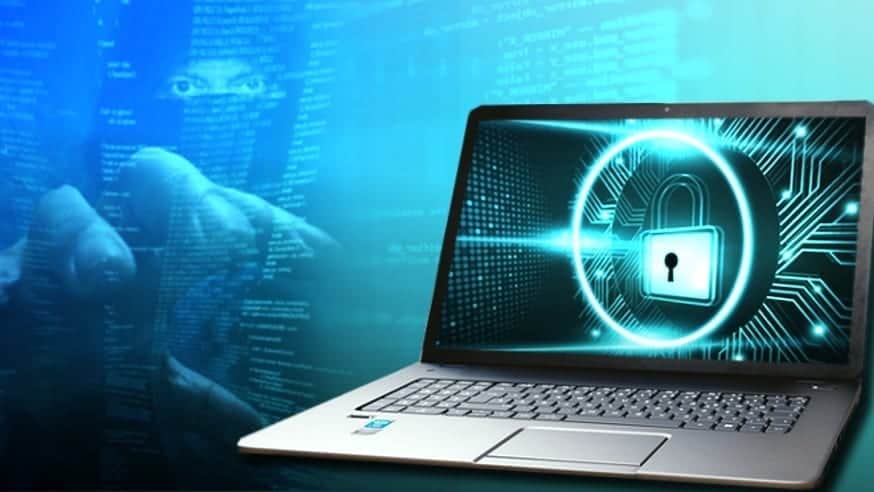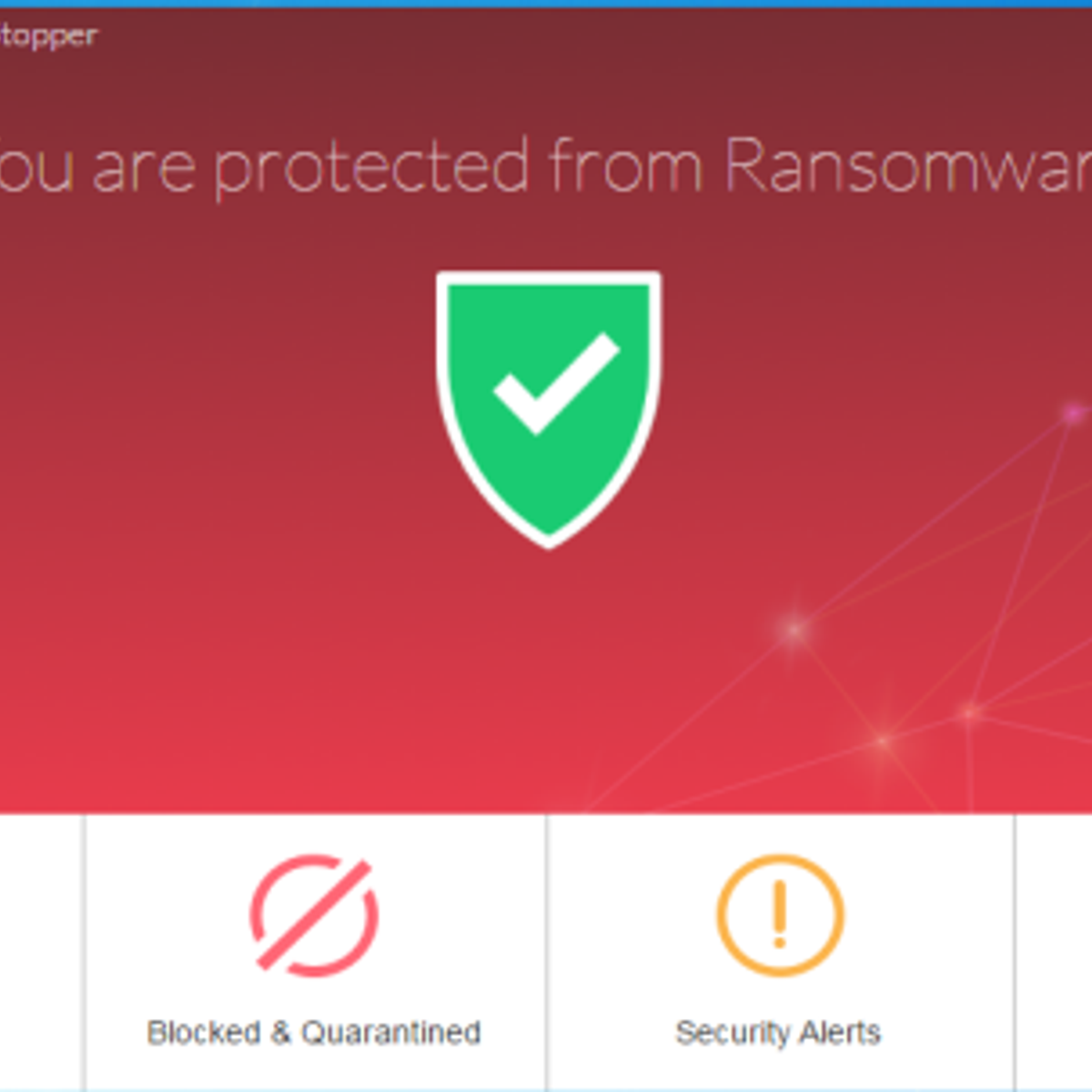Protection against ransomware is vital to keep your data safe
Contents
Mac Ransomware. The MAC ransomware is a special type of ransomware that is specially made for Mac computers. The infection of this ransomware was made through the use of torrent since many are using torrent to download music and videos. Mitigating the Risk Through The Use of Ransomware Detection Tool. Cybersight RansomStopper.
Cybersight offers free online courses in ophthalmology, developed and delivered by international ophthalmology experts, on topics that include: cataract surgery, cornea, glaucoma, ophthalmic nursing, pediatric ophthalmology and strabismus. Earn certificates for your Continuing Medical Education / Continuing Professional Development (CME/CPD) credits. All of our courses are optimized for mobile. Sep 19, 2019. RansomStopper.exe file information. The process known as RansomStopper belongs to software RansomStopper by CyberSight. Description: RansomStopper.exe is not essential for the Windows OS and causes relatively few problems. The file RansomStopper.exe is located in a subfolder of 'C:Program Files (x86)' (for example C:Program Files (x86)RansomStopperGUI). Aug 26, 2019. Contact CyberSight. Call 26 Email sales@cybersight.tech. We’re here to help, so if you’ve got any questions around our services and solutions, please drop us a message or give us a call. Alternatively, fill in our form to send us a message.
- Ways to prevent ransomware attacks
Protection against ransomware is essential as these viruses can corrupt your personal files for good. Such type of malware is created, improved and distributed worldwide daily and generates enormous revenue for cybercriminals daily. Unfortunately, it is a very successful cyber weapon used by criminals for money extortion, and many victims still decide to pay up only to be deceived by hackers again.
Ransomware is a malicious computer virus that corrupts files on an infected system and demands a ransom. Typically, viruses like WannaCry or STOP (DJVU) ransomware use AES or RSA encryption to cipher data securely, and there is no way to roll-back this procedure without secret keys that are transferred to Command&Control center by the virus.
During the data encryption, the malware appends specific file extensions to file names, making it evident that files were somehow modified. Next, ransom-demanding virus drops a ransom note, which holds information regarding the ransom payment. The malware creators expect victims to transfer payment, usually in cryptocurrency, to a provided crypto-wallet address in a given time period.
Ransomware authors threaten the victims to keep their files locked forever, delete them, or publish them online if the victim decides not to pay up. We all keep essential data on our computers and smart devices, and unexpectedly losing them is the last thing we want. Our work, personal memories, collections of files that are important to us can disappear in thin air instantly. Therefore, it is a must to take every possible action to protect a computer from ransomware attack.
Ways to prevent ransomware attacks
There is no golden rule when it comes to ransomware avoidance. In reality, you have to follow a certain set of rules to keep your files safe and computer system clean.
It can be hard to keep up with the latest distribution tricks used by malware developers, so we have prepared a list of do’s and don’ts. Follow the given guide on how to prevent ransomware attacks in 2019.

Backup is always a good idea
Backup is the best way to protect your data. Security professionals never get tired of repeating this advice; however, users tend to delay this task until its too late. No matter how good your security software is, it can fail, too.
Therefore, having a data backup is simply a must. You do not have to back up everything – the most important files are enough. We tend to stick with good old portable storage devices – USB, CD or hard drive. Some ransomware viruses tend to corrupt files stored in online data clouds, so it might not be the most reliable option.
Install updates
Having an up-to-date system and software means having the best possible versions of these at the time. Keeping and using outdated software increases the chances of getting your PC hacked or infected. To prevent ransomware attack, install updates regularly. People using Windows 7 and newer versions of this OS can enable automatic updates, so make sure you use this feature, too.
Software developers release updates to fix bugs, vulnerabilities, and errors in software. Installing them means patching weak spots in the software and block hackers from exploiting them. We won’t go into details how hackers do it, but believe us – they quickly take advantage of outdated systems, as this gives them a chance to attack many systems at once.
Be careful online
Being careful online is a crucial factor that helps to prevent ransomware attacks. However, the best way to stay safe is to develop kind of a gut feeling what is right and what is wrong online. It is hard to explain, but we suggest following these tips from us to recognize dangerous content online:
- Do not open emails from someone you did not expect to write you. It doesn’t matter whether it is someone claiming to work at Amazon or another trustworthy company, do not open links and attachments inserted to the message. Doing so most likely delivers a malicious payload which destroys your data for good.
- Avoid eye-catching but suspicious links and ads. If something looks too good to be true – believe us, it most likely is. Clicking on shady content can trigger series of redirects leading to infected or tech-support-scam promoting websites. Be extremely careful about strange-looking links sent by strangers or your contacts on social media platforms. We suggest reading more about Facebook viruses to get the idea of how attackers act.
- Don’t rush. Some people hate pop-ups, especially if they do not understand what the purpose of them is. Therefore, they start clicking anything to get rid of them. If you notice some pop-ups on your screen, do not panic and carefully close the ad or page. Read what the pop-up says and make sure it can be closed safely. You can also get rid of shady pop-ups and websites that prevent closing them via Windows Task Manager.
- Use strong passwords. Make sure you use a tough combination of upper and lower letters, digits and symbols as this complicates the brute-force method for hackers. In other words, such passwords are much harder to auto-guess using special software.
Choose and install reliable security software
Reliable security software does not need to be a paid product. There are many trustworthy security programs available for free. However, you should also remember that paid versions typically offer a rich set of useful features and guarantee better protection against ransomware and other types of malware.
An important tip is to keep your security software up-to-date, too. Besides, we want to warn you to choose an antivirus or a strong anti-malware, but not anti-spyware software. Most anti-spyware programs are not designed to fight against complicated viruses such as ransomware or trojans. If you have no idea which security product is worth your time or money, we suggest checking software reviews provided by our team.
Consider installing anti-ransomware tools
One of the methods to prevent ransomware attack is to install special anti-ransomware tools. Here are some trustworthy free tools that help to keep your system ransom-virus free:
- BitDefender Anti-Ransomware Kit. This tool helps to avoid CTB-Locker, Locky, Petya, TeslaCrypt malware strains.
- Kaspersky Anti-Ransomware Tool For Business. Compatible with other security programs, it scans and blocks crypto-malware and allows to roll-back malicious actions.
- McAfee Ransomware Interceptor. Blocks ransomware encryption attempts and uses heuristics and machine learning to identify data-ciphering malware.
- CyberSight RansomStopper. Machine learning, pre-execution behavioral analysis, ransomware avoidance, usage of honeypots and compatibility with most antivirus solutions are just a few features you get for free.
Disable SMBv1
Disabling SMB (Server Message Block) adds extra protection against ransomware like WannaCry, which leverage SMB vulnerabilities to attack computer systems. You can easily disable SMBv1 by opening Windows Powershell and typing a command into it.
- Right-click Windows menu icon and select Windows Powershell (Admin). When User Account Control table appears, click Yes.
- The Powershell then appears on the screen. Type the following command and press Enter:
Disable-WindowsOptionalFeature -Online -FeatureName smb1protocol - Wait until the process is over and then type Y and press Enter to restart your PC.
Disable Remote Desktop Protocol
Remote Desktop Protocol, also known as RDP, is a Microsoft Windows utility that allows remote connections to your computer. In Windows 10, RDP feature is disabled by default, but users are advised to double-check the situation. To disable RDP in Windows 7, 8, 8.1 and 10, follow the given guide:
- Type Advanced System Settings in Windows search and open the matching result.
- Open Remote tab. Here, make sure that Don’t allow remote connections to this computer option is checked. Click Apply and OK to confirm.
This article was first published on January 9th, 2019, and updated on September 19th, 2019.


Cybersight Ransomstopper Download For Macbook
Norbert Webb is the head of Geek’s Advice team. He is the chief editor of the website who controls the quality of content published. The man also loves reading cybersecurity news, testing new software and sharing his insights on them. Norbert says that following his passion for information technology was one of the best decisions he has ever made. “I don’t feel like working while I’m doing something I love.” However, the geek has other interests, such as snowboarding and traveling.
Related posts:
- How to Start Windows in Safe Mode (2020 Guide) Start Windows in Safe Mode to narrow down the source...
- SpyHunter 5 Review (2019 Update) SpyHunter is safe to use, but can be hard to...
- BitDefender Antivirus Plus 2019 Review All the best features in BitDefender 2019ContentsAll the best features...
Realizing your PC is infected with a virus is a horrible experience, but it doesn't compare to the panic a ransomware attack can cause. Your PC is locked down, no files can be accessed, and a countdown timer appears demanding you pay to unlock everything before deletion becomes permanent.
For consumers, there's protection available that can help prevent ransomware taking control of your PC. But for business users, Blackberry is taking things a step further by offering to reverse the effects of ransomware if it infiltrates one or more user accounts.
One of the services Blackberry offers business users is called Workspaces, which it describes as 'enterprise-grade secure file storage, synchronization and sharing for every use case and budget.' As well as allowing files to be shared easily (think Dropbox), Blackberry allows a high level of control over the data by administrators. This week, that control is being enhanced to allow ransomware infections to be reversed.
Cybersight Ransomstopper Download For Macbook Pro
At Black Hat USA 2018 being held in Las Vegas this week, Blackberry unveiled a new ransomware recovery capability for Blackberry Workspaces Collaborate and Secure Plus editions at no extra cost. Once enabled, it allows an administrator to freeze accounts once a ransomware infection is detected. Then, on a per user basis and per-infected file basis, the account can be rolled back to a point just before the infection happened. That way, no data is lost and no ransom has to be paid. The infection is simply wiped as if it never happened.
Cybersight Ransomstopper Download
Because Blackberry drills down to the user and file level, it means other employees won't even notice if a ransomware attack has been successful elsewhere in the company. Without this fine-grain control, businesses can end up rolling everyone's accounts back several days meaning a lot of lost work and unhappy customers.
Blackberry intends to demonstrate the ransomware recovery capability next month (September 12) in London at the 2018 Blackberry Security Summit and then at the equivalent summit in New York on October 4.